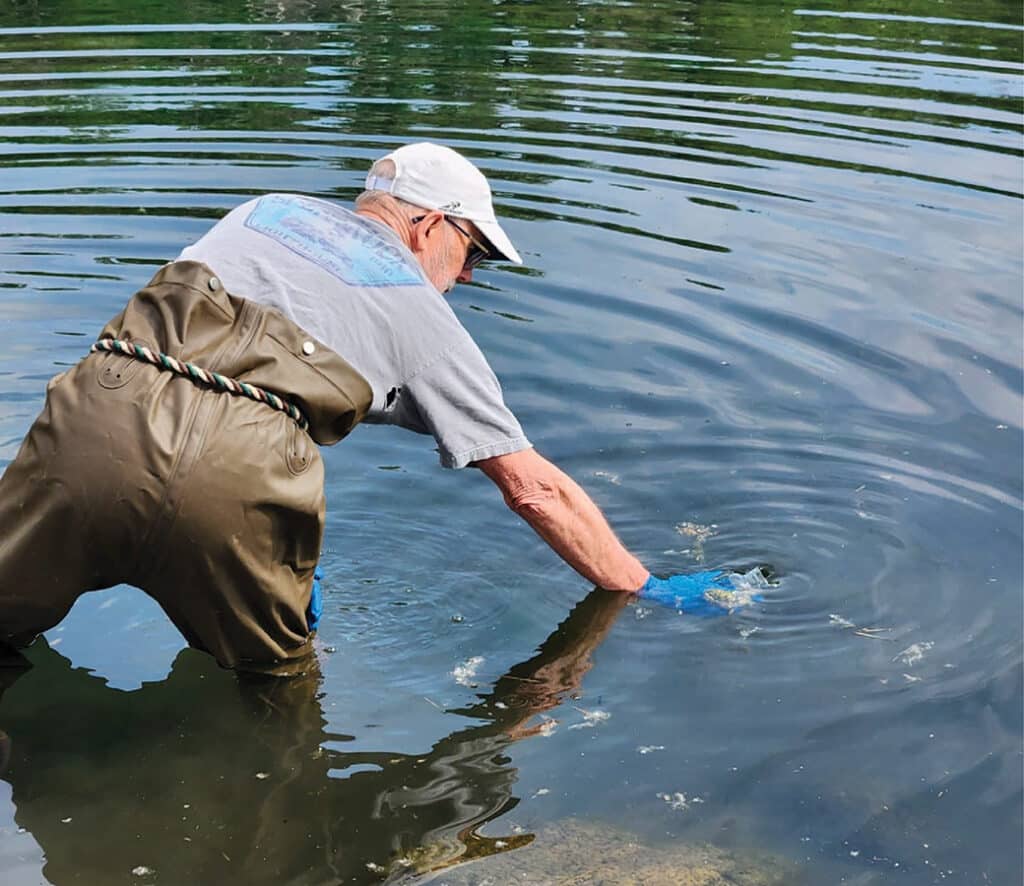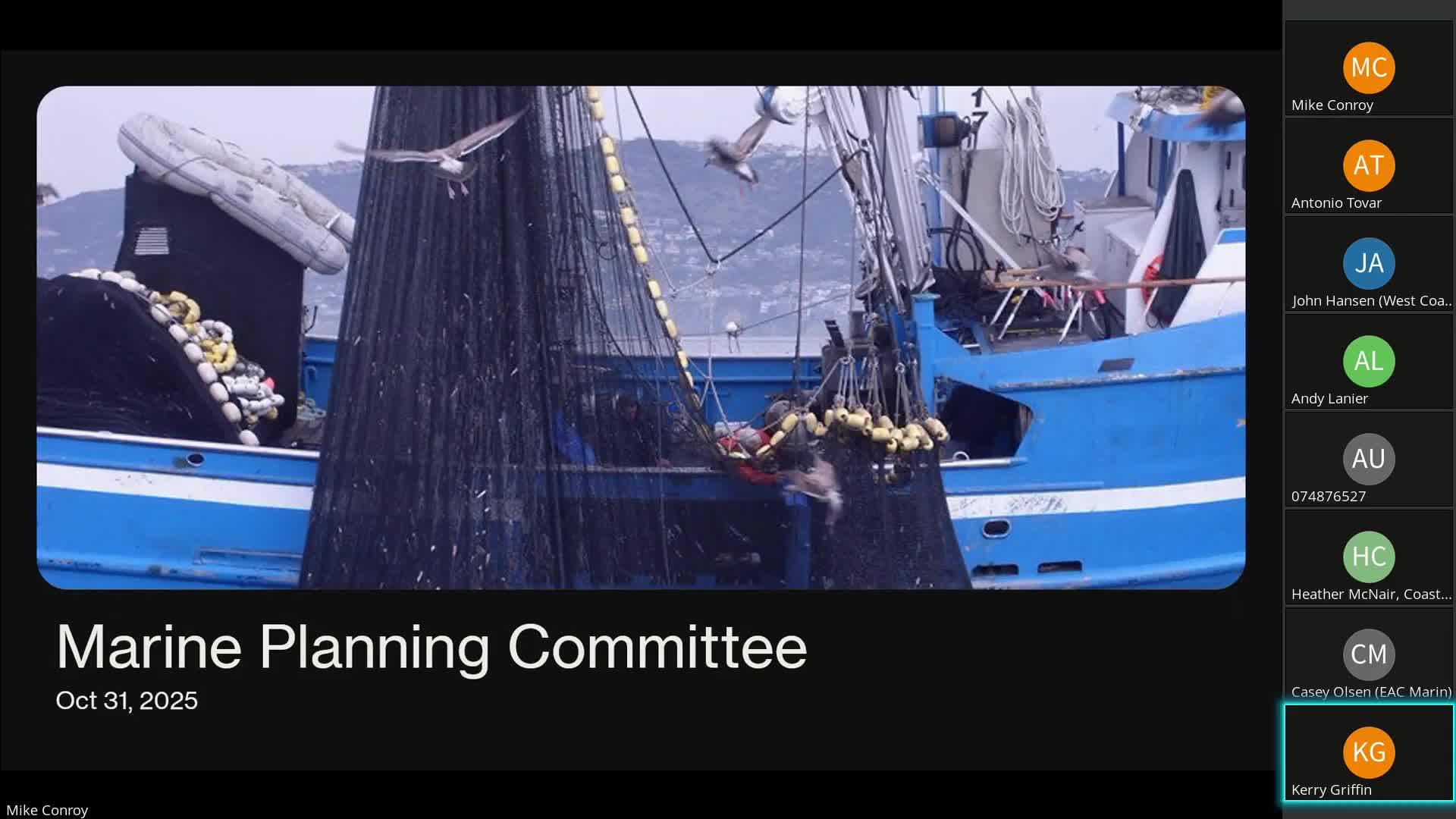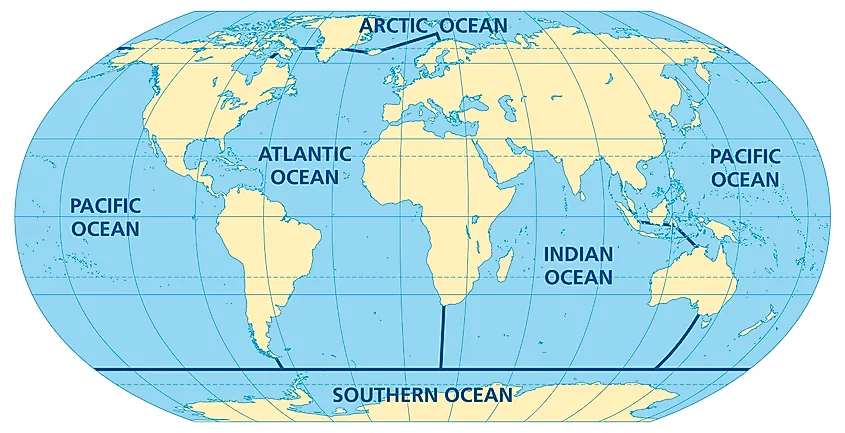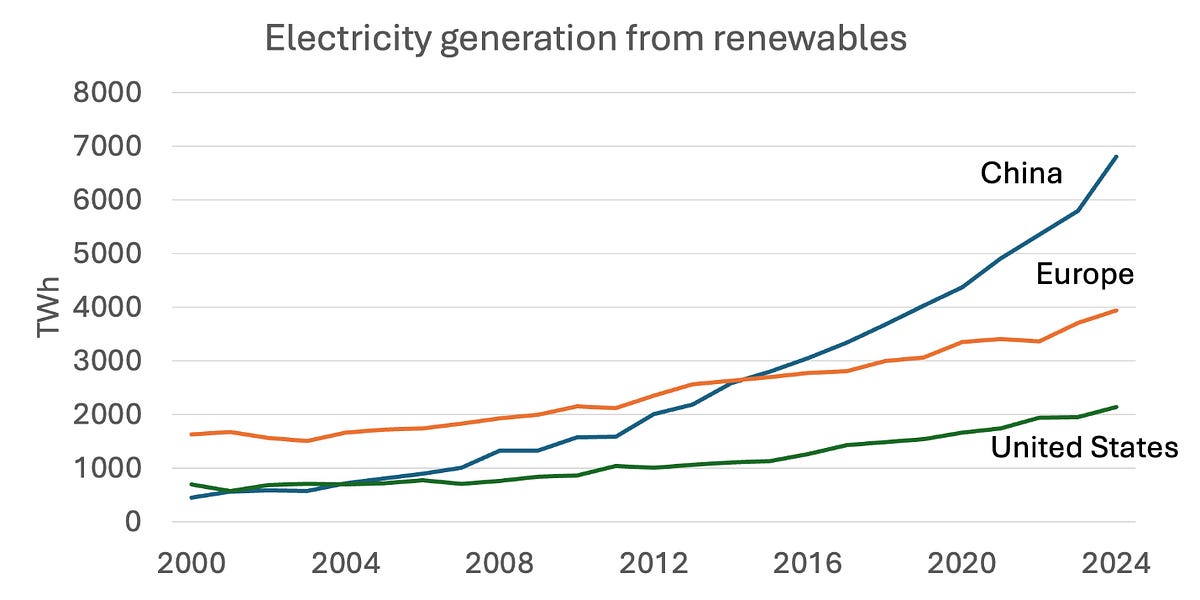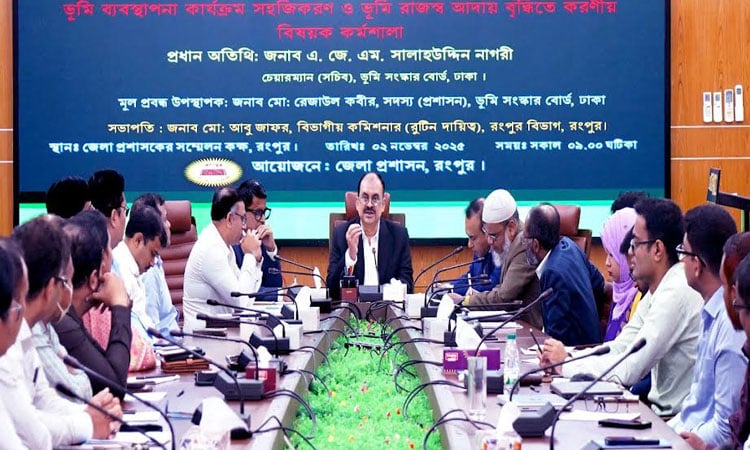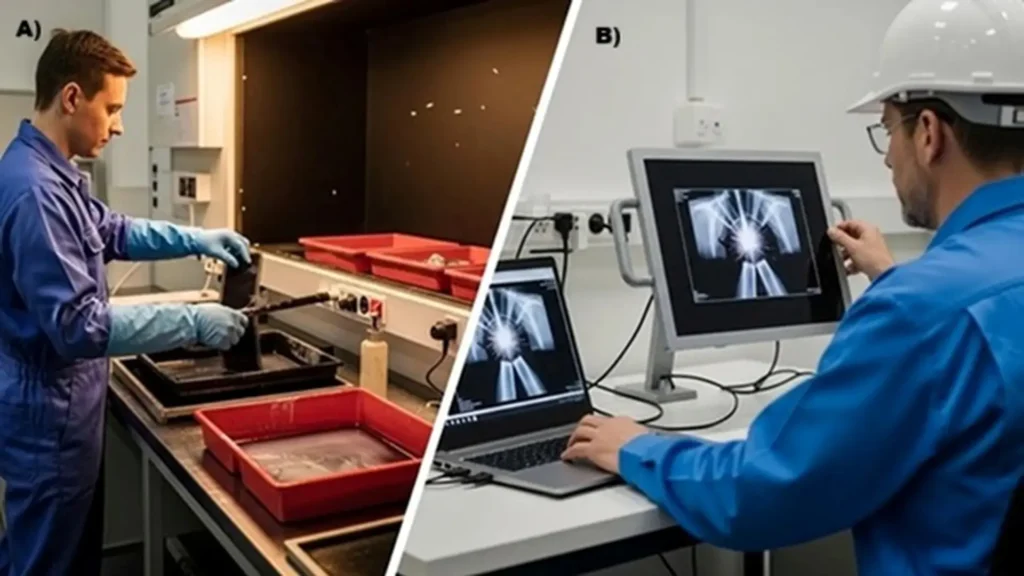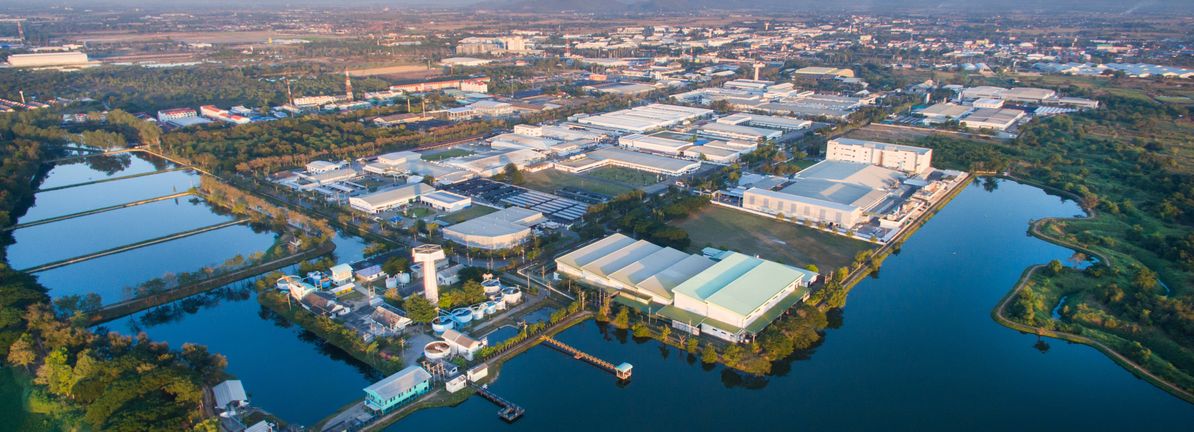Lake County awarded $50K Ohio EPA grant for hazardous materials collection – News-Herald

Report on Lake County’s Hazardous Waste Management Initiative and its Contribution to Sustainable Development Goals
Executive Summary
The Lake County Solid Waste Management District has secured a $50,000 grant from the Ohio Environmental Protection Agency to enhance its household hazardous waste (HHW) collection and recycling program. This initiative directly supports several United Nations Sustainable Development Goals (SDGs) by promoting environmentally sound waste management, protecting ecosystems, and ensuring community health and well-being. The program has demonstrated increasing public engagement and success in diverting harmful materials from landfills.
Grant Details and Program Scope
The Ohio EPA grant provides funding for a period extending through March 31, 2026. The allocation is designated for critical operational components, including:
- Specialized collection equipment
- Personnel training and safety supplies
- Off-site recycling and disposal of universal waste by EPA-certified contractors
Alignment with Sustainable Development Goals (SDGs)
The HHW collection program is a key local action that contributes to global sustainability targets. Its operations are in direct alignment with the following SDGs:
- SDG 12: Responsible Consumption and Production: By providing a structured system for the disposal of hazardous materials, the program promotes the environmentally sound management of chemicals and all wastes throughout their life cycle, significantly reducing their release to air, water, and soil.
- SDG 11: Sustainable Cities and Communities: The initiative strengthens the county’s capacity for integrated and sustainable solid waste management, making the community safer and more resilient by mitigating the environmental risks associated with hazardous waste.
- SDG 3: Good Health and Well-being: Preventing hazardous chemicals from entering landfills or being improperly disposed of reduces the risk of soil and water contamination, thereby protecting public health from exposure to harmful substances.
- SDG 6: Clean Water and Sanitation: The program is crucial for protecting local water resources. It prevents hazardous substances like antifreeze, pesticides, and oil-based paints from leaching into groundwater and surface water systems.
- SDG 14 (Life Below Water) & SDG 15 (Life on Land): By ensuring hazardous materials are managed by certified facilities, the program helps prevent chemical pollution that can harm aquatic and terrestrial ecosystems.
Operational Details and Accepted Materials
Free HHW collections are available to all Lake County residents every Saturday at the Lake County Solid Waste Facility, located at 2039 Blase Nemeth Road in Painesville Township. The program accepts a wide range of materials that pose a threat to environmental and public health if disposed of improperly.
Accepted Materials Include:
- Aerosol cans (punctured and intact)
- Antifreeze
- Batteries
- Fertilizer
- Fluorescent light bulbs
- Mercury
- Oil-based paints and woodstains
- Paint-related waste
- Mixed gases
- Pesticides and various unknown chemicals
Community Participation and Program Impact
The program has seen a consistent and growing rate of participation, indicating strong community support for sustainable waste disposal. This high level of engagement is critical for achieving the program’s environmental objectives.
Vehicle Turnout at HHW Collections:
- Spring 2023: 1,258 vehicles
- Fall 2023: 1,381 vehicles
- Spring 2024: 1,560 vehicles
This trend highlights the program’s success in diverting a significant volume of hazardous materials from standard curbside garbage collection and, ultimately, the landfill.
Ancillary Collection Events
To further advance its waste diversion and recycling goals, the district will host separate collection events for electronics and tires in September at the Lake County Fairgrounds. Surcharges may apply for larger electronic items. Additional information is available on the Lake County government website.
1. Which SDGs are addressed or connected to the issues highlighted in the article?
SDG 3: Good Health and Well-being
- The article discusses the collection of hazardous materials like mercury, pesticides, and unknown chemicals. Proper disposal of these substances is crucial to prevent soil and water contamination, which can lead to illnesses and health problems in the community, thereby promoting well-being.
SDG 11: Sustainable Cities and Communities
- The initiative is a municipal service provided by the Lake County Solid Waste Management District for Lake County residents. It focuses on improving waste management within the community, which is a key aspect of creating sustainable and resilient cities.
SDG 12: Responsible Consumption and Production
- The core theme of the article is the environmentally sound management of waste. By collecting and recycling hazardous materials and electronics, the program directly supports sustainable production and consumption patterns by reducing waste and promoting recycling.
2. What specific targets under those SDGs can be identified based on the article’s content?
-
SDG Target 3.9
“By 2030, substantially reduce the number of deaths and illnesses from hazardous chemicals and air, water and soil pollution and contamination.”
The program’s focus on collecting items like “antifreeze, batteries, fertilizer, fluorescent light bulbs, mercury, oil-based paints…and pesticides” directly aims to prevent these hazardous chemicals from contaminating the local environment and harming human health.
-
SDG Target 11.6
“By 2030, reduce the adverse per capita environmental impact of cities, including by paying special attention to air quality and municipal and other waste management.”
The article describes a specific municipal waste management program for “household hazardous waste collections” designed to prevent these items from ending up in “curbside garbage collection” and the landfill, thus reducing the city’s adverse environmental impact.
-
SDG Target 12.4
“By 2020, achieve the environmentally sound management of chemicals and all wastes throughout their life cycle…and significantly reduce their release to air, water and soil in order to minimize their adverse impacts on human health and the environment.”
The grant supports the “collection and recycling of hazardous materials” and covers “off-site recycling of universal waste by EPA-certified contractors,” which demonstrates a commitment to the environmentally sound management of these specific wastes.
-
SDG Target 12.5
“By 2030, substantially reduce waste generation through prevention, reduction, recycling and reuse.”
The program’s goal is to “collect all of that hazardous waste instead of residents taking items out for curbside garbage collection,” directly contributing to waste reduction in landfills through specialized recycling efforts for hazardous materials, electronics, and tires.
3. Are there any indicators mentioned or implied in the article that can be used to measure progress towards the identified targets?
- Public Participation Rate: The article explicitly mentions the number of cars that participated in past collection events. “Last spring, we had 1,258 cars come through, and in the fall, we saw 1,381…This spring, the collection saw 1,560 cars.” This data serves as a direct indicator of community engagement and the volume of waste being diverted from improper disposal.
- Financial Resources Allocated: The article states that the Lake County Solid Waste Management District “has received a $50,000 grant from the Ohio Environmental Protection Agency.” This funding is a quantifiable indicator of the financial commitment to support hazardous waste management.
- Types of Hazardous Waste Managed: The article lists the specific types of materials collected, such as “aerosol cans…antifreeze, batteries, fertilizer, fluorescent light bulbs, mercury, oil-based paints,” as well as electronics and tires. This list acts as an indicator of the scope and comprehensiveness of the hazardous waste management program.
- Adoption of National Standards: The mention of using “EPA-certified contractors” for recycling implies adherence to national environmental standards for waste treatment, which is an indicator for Target 12.4 concerning the environmentally sound management of waste.
4. Create a table with three columns titled ‘SDGs, Targets and Indicators” to present the findings from analyzing the article. In this table, list the Sustainable Development Goals (SDGs), their corresponding targets, and the specific indicators identified in the article.
| SDGs | Targets | Indicators |
|---|---|---|
| SDG 3: Good Health and Well-being | 3.9: Substantially reduce illnesses from hazardous chemicals and pollution. |
|
| SDG 11: Sustainable Cities and Communities | 11.6: Reduce the adverse per capita environmental impact of cities, focusing on municipal waste management. |
|
| SDG 12: Responsible Consumption and Production | 12.4: Achieve environmentally sound management of chemicals and all wastes. |
|
| SDG 12: Responsible Consumption and Production | 12.5: Substantially reduce waste generation through recycling. |
|
Source: news-herald.com

What is Your Reaction?
 Like
0
Like
0
 Dislike
0
Dislike
0
 Love
0
Love
0
 Funny
0
Funny
0
 Angry
0
Angry
0
 Sad
0
Sad
0
 Wow
0
Wow
0














;Resize=805#)









